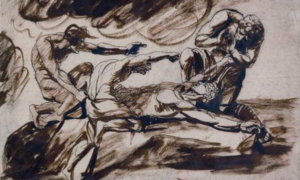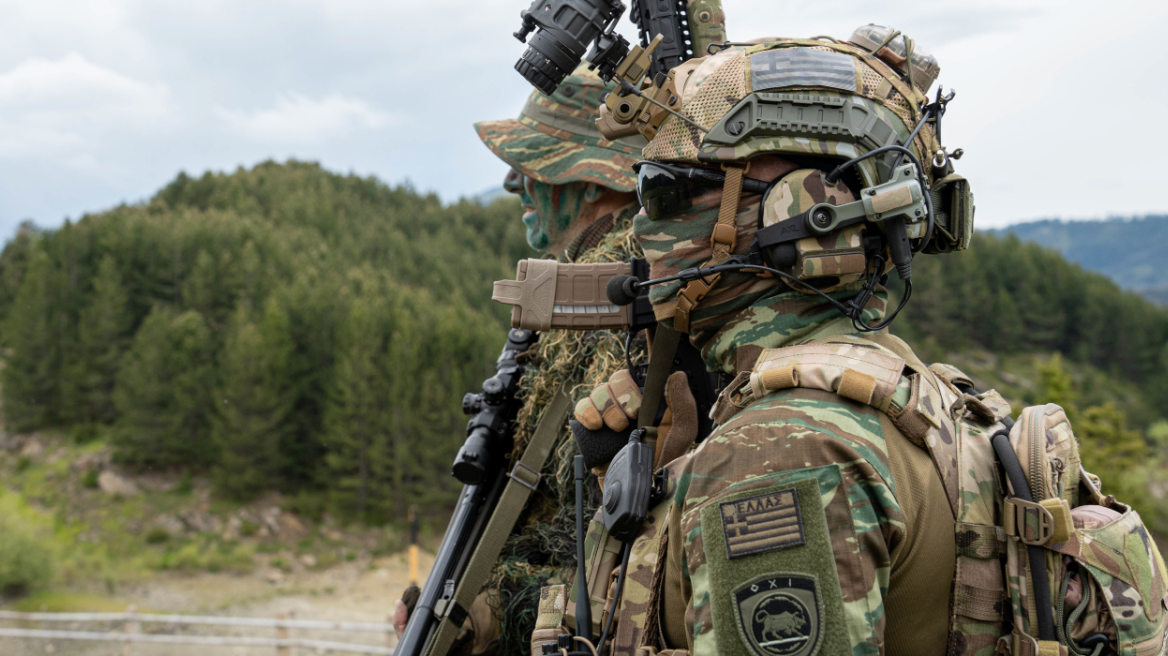Greek mythology is full of gods and goddesses, heroes, and deities who play roles in countless stories of love, courage, and redemption. From Zeus to Heracles, the Greek heroes and gods are iconic worldwide. Many of the gods were personifications of human characteristics and emotions or physical places such as the sky or the sea or the underworld. While many of these gods such as Zeus, Ares or Poseidon are well known, there are plenty of gods that aren’t as well-known but are just as interesting. One such god is Kratos, who is the personified spirit of strength, might, power, and sovereign rule.
While it is commonly agreed that Kratos is the god of strength and power, there are conflicting stories regarding pretty much everything else about him. The first story, according to many myths, is that Kratos was the son of the titan Pallas and the oceanid Styx. This would make Kratos a relative of the Olympian gods . These gods were the third and fourth generation of immortal beings who were worshipped as the principal gods of the Greek pantheon. According to this myth, Kratos had three siblings: Nike (Victory), Bia (Force and Violence) and Zelus (Zeal, Aspiration and Emulation).
Dr. Oz’s Turkish nationalist pals living in his secret NJ condo?
Hesiod (750-650 BC), a Greek poet, refers to Kratos and his siblings as “wonderful children” and recounts how they earned their reputation and status. According to him, the four children’s dwelling place was Zeus himself. The story goes that Zeus was preparing for the Titanomachy. This was a ten-year series of battles fought between the Titans and the Olympians. In doing so, he tried to assemble as many allies as possible by promising whoever fought with him a divine office and appropriate rights.
Read more: Ancient Origins
Ask me anything
Explore related questions





